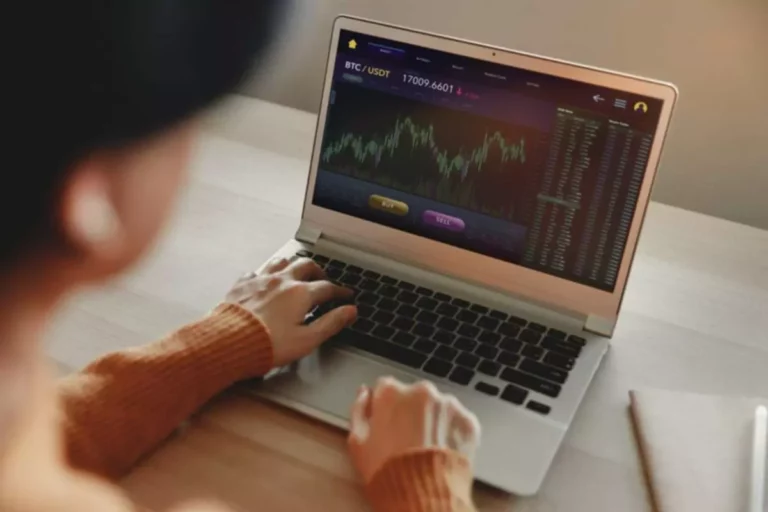After an event, the peripheral sends a request signal to the DMA Controller. The DMA controller serves the request relying on the channel priorities. As quickly as the DMA Controller accesses the peripheral, an Acknowledge is shipped to the peripheral by the DMA Controller. The peripheral releases its request as quickly as it will get the Acknowledge from the DMA Controller.
- DMA strikes data fast and without using CPU energy, freeing up CPU sources for different duties.
- If the disk may do this itself, there would be no need for a DMA controller.
- DMA channels ship data between an attached peripheral device and the system reminiscence.
- Dual-ended DMA is a direct reminiscence access type where information transfers can happen bidirectionally between the I/O device and memory.
- The incontrovertible fact that switching the context to and from interrupt handlers takes up some cycles which may be utterly wasted and periodically happens as interrupt indicators are getting fired continuously is what makes this structure problematic to an extent.
When BG (bus grant) input is 1, the CPU has relinquished the buses and DMA can communicate instantly with the memory. And certainly, in fashionable methods, the DMA functionality is typically built into the hard-disk controller itself, in the sense that the controller has “bus mastering” capabilities, which means that the controller itself IS the DMA controller for the system. However, to take a look at them as two separate units makes the whole concept of DMA rather less obscure.
This permits high-throughput, low-latency networking, which is especially useful in massively parallel computer clusters. Each channel can deal with DMA switch between a peripheral register located at a onerous and fast tackle and a memory address. The register which contains the quantity of knowledge items to be transferred is decremented after each transaction. As an example, on an Intel Core-based PC, the southbridge will ahead the transactions to the reminiscence controller (which is built-in on the CPU die) using DMI, which can in flip convert them to DDR operations and send them out on the memory bus.
Step 4: Bus Mastering
We recommend that you simply seek unbiased advice and ensure you fully understand the dangers concerned before buying and selling. The info on this web site is not directed at residents of nations where its distribution, or use by, any person in any nation or jurisdiction where dma in forex such distribution or use can be opposite to native legislation or regulation. Back when DMA was frequent, the answer was normally “not much” — for instance, underneath early versions of Windows, reading or writing a floppy disk (which did use the DMA controller) pretty much locked up the system for the length.

In burst mode, a complete block of data is transferred in a single contiguous sequence. Once the DMA controller is granted entry to the system bus by the CPU, it transfers all bytes of knowledge within the data block earlier than releasing management of the system buses again to the CPU, but renders the CPU inactive for relatively long durations of time. It kicks off the data switch operation between gadgets without involving the CPU continuously. When a device must send or obtain knowledge from memory, it initiates a DMA request.
Step 7: Completion And Interrupt
If you think of the exhausting disk because the stack of bricks simply delivered to a building web site, and the processor is the bricklayer that lays the bricks to construct the house. RDMA is useful in applications that require fast and massive parallel high-performance computing clusters and data heart networks. For instance, RDMA is helpful when analyzing massive data, in supercomputing environments and for machine learning that requires low latencies and excessive transfer rates. We’ll be using the CubeMX software tool and the HAL APIs so as to configure the DMA units and programmatically set the buffer lengths, DMA source, vacation spot, and all that stuff.
This ensures that a number of devices can communicate with reminiscence seamlessly with out causing conflicts or bottlenecks in knowledge circulate. Here, the DMA controller takes control of the system bus for data transfer. In this mode, the DMA controller acts as a bus master and communicates immediately with memory or different devices without involving the CPU.
Therefore, with the expansion of numerous gadgets, together with printers, high-speed modems, and sensors, knowledge processing has became a bottleneck. So, the entire point of a DMA controller is to “carry out the tedious task of storing stuff from the system’s inside buffer into main reminiscence”. If the disk could do that itself, there would be no need for a DMA controller.
Hybrids also exist, the place the secondary L2 cache is coherent whereas the L1 cache (typically on-CPU) is managed by software program.
Direct Reminiscence Entry (dma) Controller In Laptop Architecture
Without DMA, when the CPU is using programmed input/output, it’s sometimes fully occupied for the whole period of the learn or write operation, and is thus unavailable to carry out different work. With DMA, the CPU first initiates the transfer, then it does different operations while the switch is in progress, and it finally receives an interrupt from the DMA controller (DMAC) when the operation is finished. This characteristic is useful at any time that the CPU cannot keep up with the rate of knowledge switch, or when the CPU must perform work whereas waiting for a comparatively sluggish I/O data switch. Many hardware systems use DMA, including disk drive controllers, graphics playing cards, community cards and sound playing cards. DMA can also be used for intra-chip information switch in some multi-core processors.

Scatter-gather or vectored I/O DMA allows the transfer of information to and from a quantity of memory areas in a single DMA transaction. It is equivalent to the chaining collectively of multiple simple DMA requests. The motivation is to off-load multiple input/output interrupt and data copy duties https://www.xcritical.com/ from the CPU. This last step paves the way for ongoing processes inside the pc system to proceed smoothly with none hindrance caused by the unique use of assets throughout data transfers.
Bus Grasp Dma
It is especially useful when real-time processing and high-speed information switch are essential. DMA is a system peripheral and bus grasp that allows fast knowledge transfers between reminiscence and peripherals in addition to from reminiscence to memory. Without a process similar to DMA, the pc’s CPU becomes preoccupied with data requests from an connected gadget and is unable to carry out different operations throughout that point. With DMA, a CPU initiates a knowledge transfer with an connected gadget and may nonetheless perform other operations while the data transfer is in progress. DMA enables a computer to transfer data to and from devices with much less CPU overhead.

It permits a quantity of units to share the bus with out inflicting conflicts or delays in knowledge transfer. Direct Memory Access (DMA) is a functionality provided by some computer bus architectures that allows knowledge to be despatched immediately from an attached device, corresponding to a disk drive, to the main reminiscence on the pc’s motherboard. The microprocessor, or central processing unit (CPU), is free of involvement with the data switch, rushing up overall laptop operation.
DMA controller wants the same old circuits of an interface to communicate with the CPU and Input/Output devices. The DMA controller performs direct memory transfer by sharing the system bus with the Cortex®-M3 core. The DMA request might cease the CPU entry to the system bus for some bus cycles when the CPU and DMA are focusing on the same destination (memory or peripheral). The bus matrix implements round-robin scheduling, thus ensuring no less than half of the system bus bandwidth (both to reminiscence and peripheral) for the CPU. Once the data transfer is completed, the DMA controller triggers an interrupt to inform the CPU. The CPU can then resume its duties or handle any necessary follow-up actions based on the completion of the info switch.

The PCI bus, nevertheless, doesn’t have separate traces for memory read/write and I/O read/write. Instead, it encodes one (and only one) command for any given transaction. This means instead of a DMA controller that transfers reminiscence between the I/O device and reminiscence, the I/O device itself transfers information directly to or from memory.

With DMA, investors place trades immediately on the order books of equity exchanges. DMA merchants can see the orders immediately on the books of the exchange that they’re coping with, and are charged on a fee foundation as an alternative of through the unfold. It’s a way of putting trades that offers more flexibility and transparency than conventional dealing (which is often known as OTC, or over-the-counter).
The DMA controller then supplies addresses and read/write control lines to the system reminiscence. Each time a byte of data is prepared to be transferred between the peripheral system and memory, the DMA controller increments its inside tackle register till the total block of information is transferred. Once the DMA controller has control of the bus, it initiates the precise data motion between gadgets and memory. The DMA controller coordinates with the supply and vacation spot devices to effectively transfer data without involving the CPU.